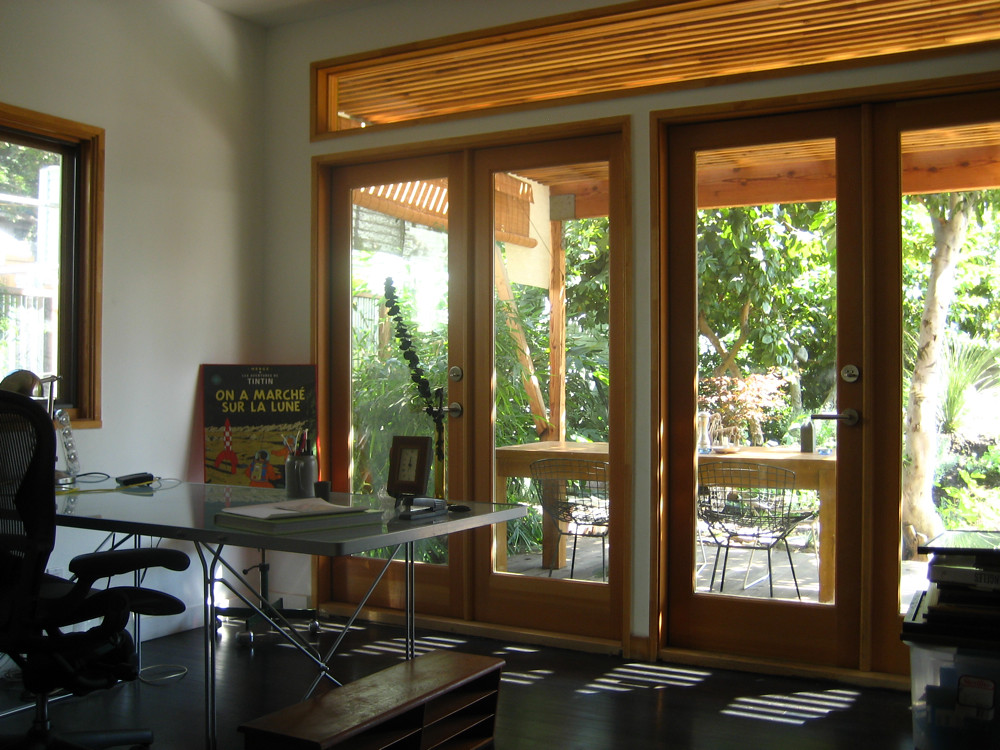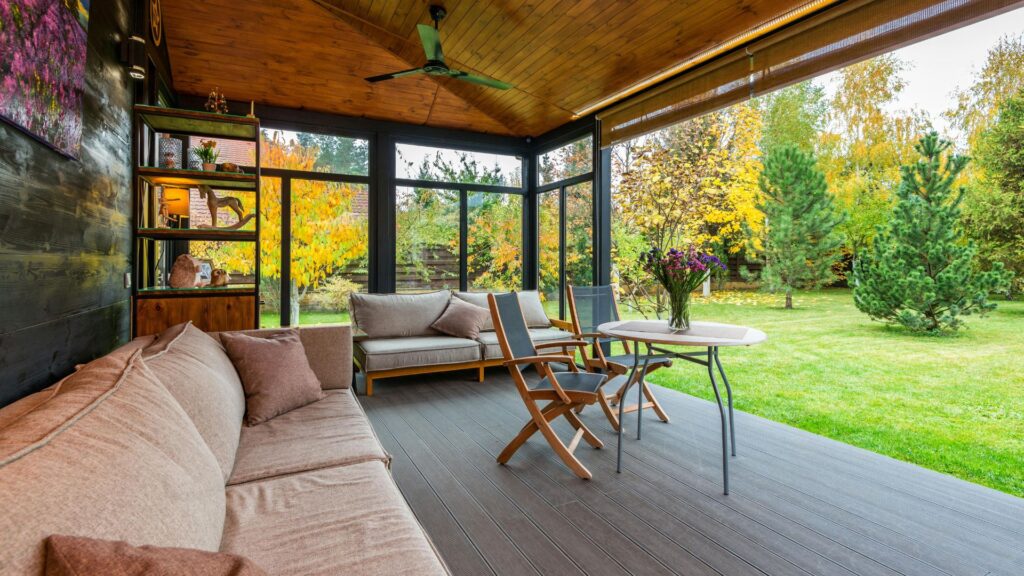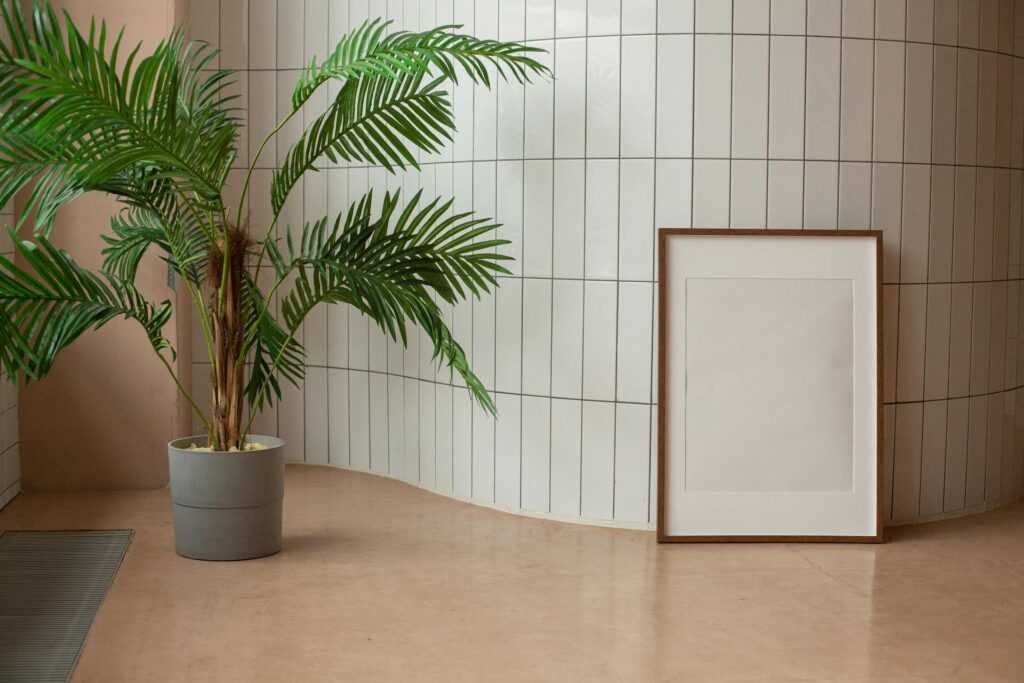Working from home can be a dream—until your “office” becomes the kitchen table, your back starts aching, and distractions pile up. A smart layout doesn’t just make your home office look better. It helps you stay focused, reduce stress, and work more comfortably for longer stretches.
Whether you’ve got a full room, a small nook, or a shared space, these layout ideas can help you design a workspace that works for you.
Prioritize Natural Light (But Watch the Glare)
Natural light boosts mood and energy, making it one of the most important parts of a productive office. Position your desk near a window if possible, but not with the screen facing directly into it—that leads to glare and squinting.
Side-lighting works best. It gives you the benefits of daylight without the screen issues. If natural light isn’t an option, use soft, warm lighting paired with a task lamp that reduces eye strain.
Use the “L” or “Corner” Layout for Maximum Surface Area
If you have room for it, an L-shaped desk or corner setup gives you more surface space without feeling crowded. One side can be used for your computer, the other for writing, reading, or organizing papers.
This layout is especially helpful for people who multitask or need a space to spread out materials without constantly rearranging things.
Keep Essential Tools Within Arm’s Reach
Think like a chef with a “mise en place”- everything in its place. Your most-used items should be no more than an arm’s length away. That includes your laptop, notebook, phone, chargers, and pens.
Use drawers, trays, or desktop organizers to corral cords and supplies. A clutter-free surface keeps your brain clear and helps you focus.
Separate Work Zones (Even in Small Spaces)
Create mini zones within your workspace to match different tasks. You might have a computer zone for digital work, a reading chair in the corner, or a whiteboard for brainstorming.
In tight spaces, use visual dividers like a rug or shelving unit to mark off your office area. The clearer the separation, the easier it is to mentally shift into work mode.
Get Your Chair and Desk Height Right
You can’t focus if your body hurts. Your desk should let your elbows rest at a 90-degree angle. Your chair should support your lower back, and your feet should be flat on the floor (or on a footrest).
If your setup feels off, try raising your monitor with books or adding a lumbar pillow to your chair. A few small adjustments can make a big difference in comfort.
Go Vertical With Storage
When floor space is limited, look up. Use wall-mounted shelves, pegboards, or tall bookcases to store office supplies, books, and décor. This keeps your work surface clear while still giving you access to everything you need.
Vertical storage also helps your office look more put-together, even if it’s tucked into a corner of a bedroom or living room.
Keep Distractions Out of Sight
Out of sight, out of mind. If you’re easily distracted, avoid facing your desk toward high-traffic areas or entertainment like a TV. A simple divider, curtain, or bookshelf can create a barrier between your work zone and the rest of your home.
It also helps to keep non-work items (like dishes, laundry, or gaming gear) out of your line of vision while you’re working.
Add Personal Touches That Inspire You
A sterile space won’t motivate you. Add a few personal items that make the space feel welcoming, like a framed photo, plant, art print, or even a favorite quote above your desk.
Just don’t overdo it—too many visual items can create clutter and reduce focus. Aim for warmth and inspiration, not distraction.
Keep It Flexible
Your needs may change during the day—or over time. Use mobile storage carts, rolling chairs, or foldable furniture to keep the layout adaptable. This is especially helpful if your office shares space with another room, like a guest bedroom or dining area.
Flexibility also lets you try new setups until you find what feels right.
The best home office layout is one that helps you feel focused, supported, and at ease. It doesn’t have to be fancy or expensive—just functional and thoughtfully arranged.
Start by making a few small changes to lighting, positioning, and surface space. Then build around how you actually use the space each day. With a setup tailored to your workflow, you’ll feel more productive and comfortable in your own corner of the world.



